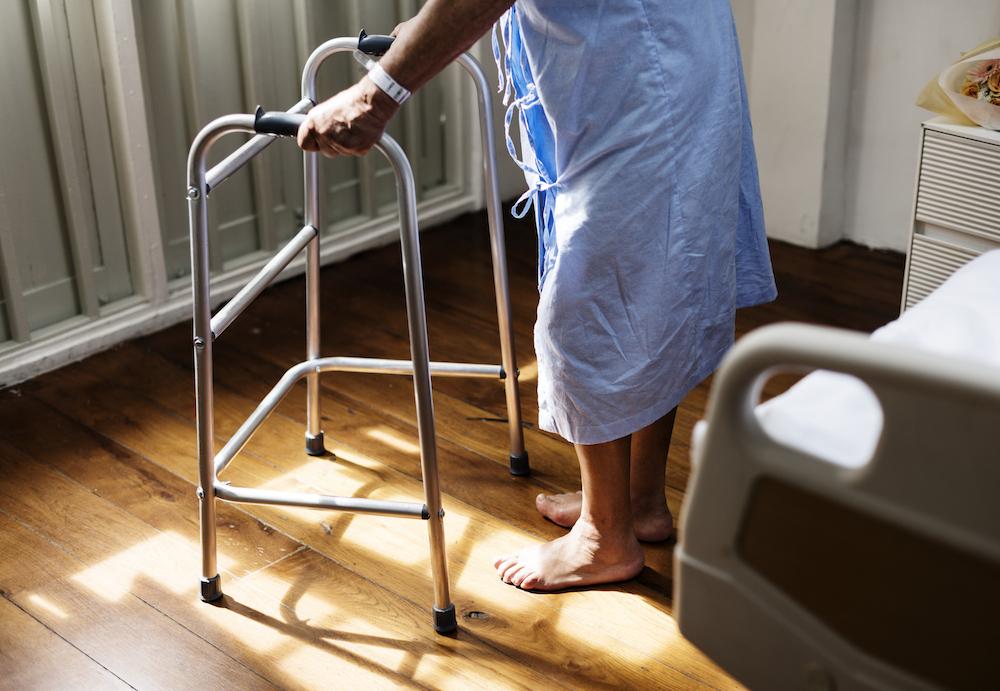According to statistics collected by the National Highway Traffic Safety Administration (NHTSA), there are over three million people in America every year who suffer an auto accident injury!
This is a huge number of people, especially when you consider that some of those involved may never completely recover from their injuries. Very few people will be able to walk away from an auto accident without some kind of injury, even from a minor collision.
Every accident that occurs on the road is of course different, and will result in different types of injuries. However, there are certain injuries that are more prevalent than others and will occur in similar types of accidents, such as whiplash, muscle strain or a bone break.
Some of the problems caused by an auto accident may be minor and will probably heal quickly, whereas other injuries may be longer-lasting or more damaging, and can require extensive orthopedic treatment to resolve.
Take Care on the Road
There are many factors that can influence how serious and severe the impact of an accident is. Most of these will be out of individual control, but there are precautions that you can take as a driver to reduce the likely impact of an accident on yourself and your passengers.
Small things, like making sure every passenger is wearing a seat belt, will contribute to the safety of everyone in the car. Other steps you can take include driving at a reasonable speed, not driving when tired, being aware of your surroundings and always giving the road and other road users your full attention.
Factors out of your control will also determine the severity of an impact, such as where your car was hit, the speed at which the car was struck and also if the airbags were deployed properly.
Types of Auto Accident Injury
When defining the types of injuries that occur as a result of auto accidents, there are two main categories into which they can fall. The first of these categories is impact injuries and the second is penetrating injuries. Let’s explore these categories a little further:
Impact Injuries
- As the name would suggest, an impact injury occurs when the body is harmed by the force of an impact, ether from part of the car being driven, the other vehicle involved, or an object the car has struck.
- The most common examples of impact injuries include the upper body colliding with the front or side windows or the legs colliding with the dashboard.
- The back, neck and shoulders are among some of the most common areas of the body that sustain impact injuries. As these areas are all important for free movement, damage and pain affecting them can have a great effect on your daily life if not sufficiently treated.
Penetrating Injuries
- The second category of injury – penetrating injuries – occur when objects or pieces of glass cut or scratch the body as a result of a crash.
- The windows are the biggest culprit of penetrating injuries here, as they are likely to shatter upon forceful impact.
- Other parts of the car, or objects that enter the car as a result of the impact may also cause these types of injuries.
Whiplash
Whiplash is perhaps the most iconic and common injury that comes to mind when people consider car crashes, and it can be experienced in large impacts as well as less serious accidents. Whiplash involves the neck and the top of the back, and occurs when a sudden movement over-stretches and damages (sprains) the ligaments and muscles in these areas.
Symptoms of whiplash range from pain and tenderness in the neck, headaches, stiffness and difficulty moving the head and neck, spasms in the muscles in the surrounding area, and pain in the shoulders and/or arms. Despite the fact that whiplash can occur in relatively minor crashes, the recovery period from this type of injury can be extensive, and supportive equipment such as a neck brace may be required.
Recovering from an Auto Accident
There are a range of therapies and treatments tailored to help people overcome any injuries they acquire after an auto accident. The suitable types of treatments will depend on the injuries in question, and may involve physical evaluation, x-ray, casts, medication (such as painkillers and anti-inflammatories), physical or occupational therapy, and in some cases, surgery.
As well as the bodily harm an accident can cause, the psychological and emotional harm as a result of the accident can affect your daily life significantly after a crash. Emotional distress, post-traumatic stress disorder, anxiety and depression can often manifest after an auto accident and cause as many issues and problems as any physical injuries that may have been sustained.
The impact that a car accident can have on your life will range from inconvenient and short-lived to long-lasting and devastating. Although you can’t be responsible for the behaviour of every driver on the road, you can take all possible precautions to keep yourself and your passengers safe!
References
1) http://www.nolo.com/legal-encyclopedia/what-the-most-common-vehicle-accident-injuries.html
2) http://www.all-about-car-accidents.com/car-accident-injuries.html
Related Posts
Cigarettes May Inhibit Inflammation Treatments
Axial spondyloarthritis, also known as AxSpa, is a chronic…









